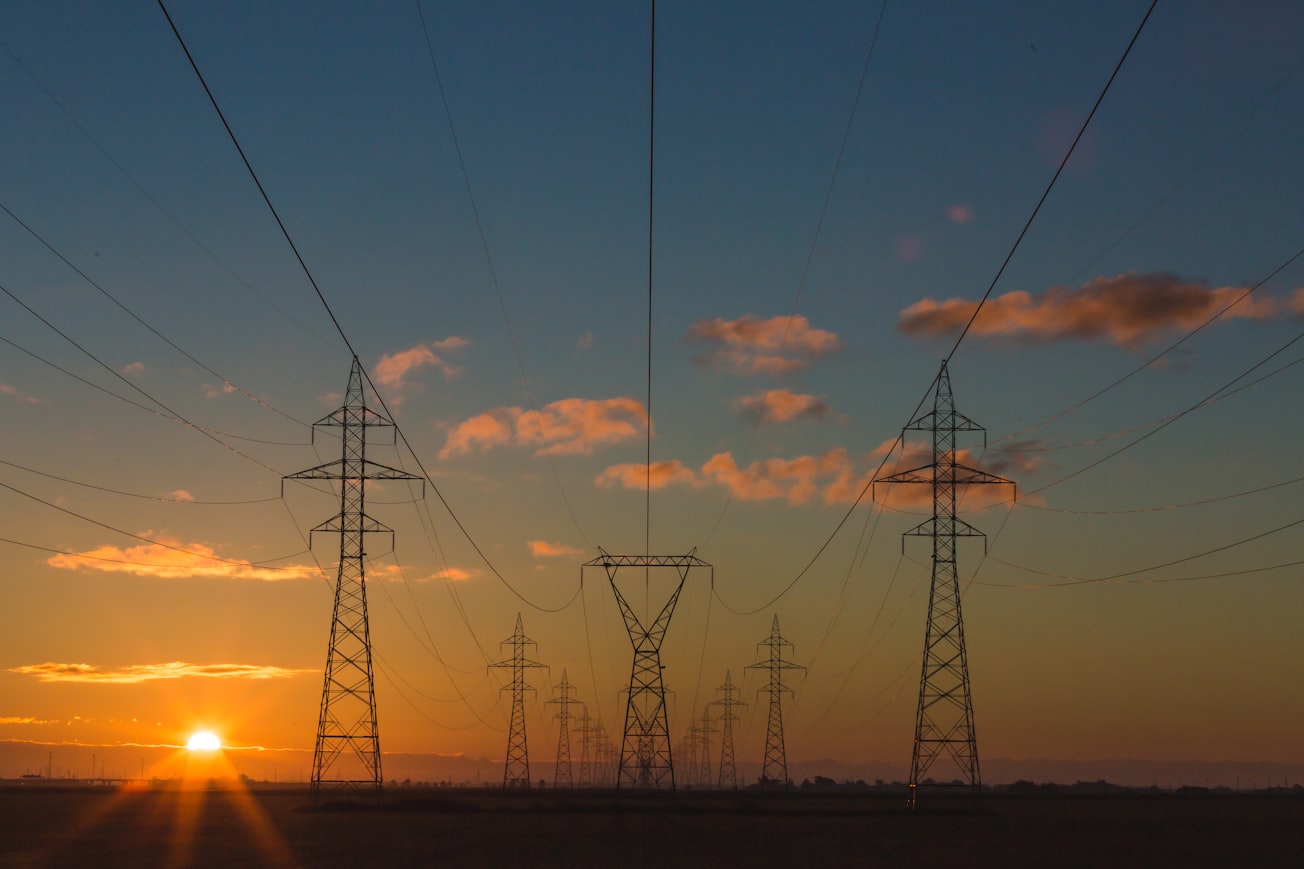What is it about?
This article represents a statistical study for electricity consumption in Jordan. It shows how consumption varies on hourly, daily and monthly basis. It also investigates the relation between the ambient temperature and the electricity consumption in both hot and cold seasons and how it is developed over years. This developing is connected to the pricing policies followed by the government. The article draws a thermal map that shows the limits where the electricity consumption is dependent on ambient temperature and where it is independent.
Featured Image

Photo by Matthew Henry on Unsplash
Why is it important?
Availability of reliably deliverable energy supply is critically important for economic growth, poverty reduction, and the social and cultural transformation of any society. The development of a low-carbon and sustainable electricity network and the use of renewable energy require a reliable demands forecasting to achieve network stability. The electricity consumption in the residential and commercial sectors are very sensitive to weather conditions. This article presents an essential data for any electricity demand forecasting in Jordan. It also provides a methodology that can be followed in similar studies in other countries.
Perspectives
Writing this article was a great pleasure as it has co-authors whom consider as leading expertise in energy field. This article challenges the conventional technical methods for studying the energy in Jordan by connecting the energy consumption to social and human aspects. I hope this article will encourage other Jordanian researchers to investigate these aspects more.
Ahmad Alshwawra
Institut für Technische Verbrennung
Read the Original
This page is a summary of: Investigation of the trends of electricity demands in Jordan and its susceptibility to the ambient air temperature towards sustainable electricity generation, Energy Sustainability and Society, November 2019, Springer Science + Business Media,
DOI: 10.1186/s13705-019-0224-1.
You can read the full text:
Contributors
The following have contributed to this page







